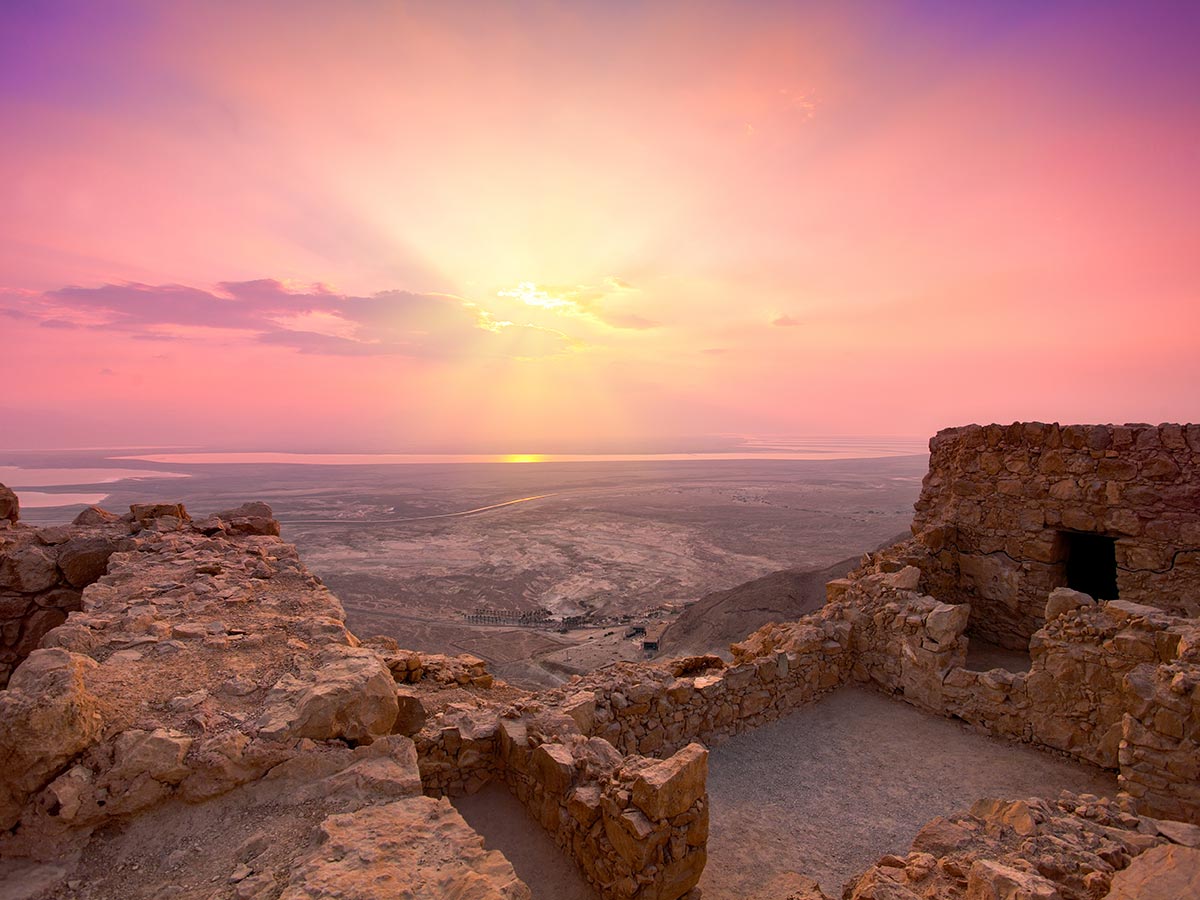In 1993 a victory stela was discovered in the excavation of Tel Dan. The stela has been dated to the mid-ninth century BC and holds the words of an Aramean king recounting his military success. While the identity of the king is not certain, many have suggested that the stela delivers the words of Hazael of Damascus. The stela commemorates the king’s victory over the house of Israel and over the king of the house of David. This archaeological find prompted a reassessment of a major position of critical scholarship.
Many critical scholars had taken a minimalist approach to the historical records delivered in the Samuel and Kings narratives. That approach included viewing David as little more than a legendary figure who typified the ideal king—not a historical figure. The so-called Tel Dan Stela presented an extrabiblical historical witness to David little more than a century after his life. Suddenly, the evidence for the historicity of David meant that critical positions were not so tenable.
Ongoing archaeological work provides further clarity regarding the reliability of the Samuel and Kings narratives. The reigns of David and Solomon in the tenth century BC included massive building projects according to Samuel and Kings. As these two great kings expanded the borders of the kingdom, administrative structures had to service the growing kingdom.
Dr. Yosef Garfinkel’s archaeological work over the past decade has focused on tenth century BC sites in the region of ancient Judeah. The results of that work and how it corresponds to the account of Samuel and Kings is the focus of the second “These Stones Will Shout” Annual Lecture in Biblical Archaeology and the Historical Geography of the Holy Land. Join us Tuesday, September 9, at 7pm in Werner Auditorium as we learn from Dr. Garfinkel.


Leave a Reply
You must be logged in to post a comment.